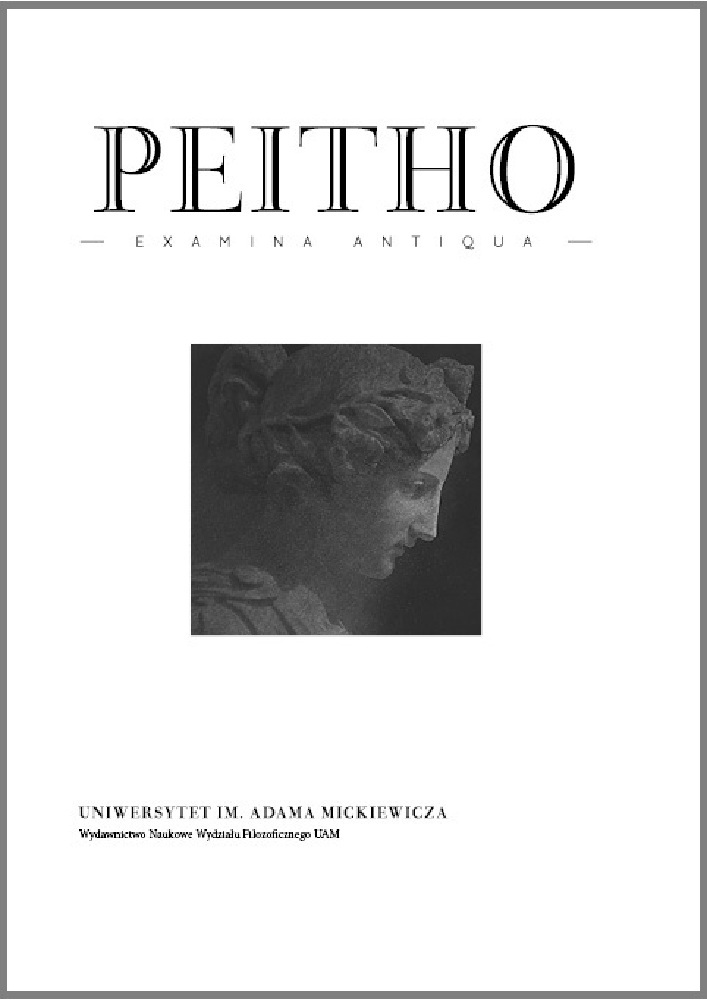The paschein and pathê of the Earth and Living Beings in Aristotle and Alexander of Aphrodisias (Meteorologica 1.14)
The paschein and pathê of the Earth and Living Beings in Aristotle and Alexander of Aphrodisias (Meteorologica 1.14)
Author(s): CHIARA MILITELLOSubject(s): Ancient World, Ancient Philosphy
Published by: Uniwersytet Adama Mickiewicza
Keywords: Pathos; scala naturae; Aristotle; Alexander of Aphrodisias; climate change; great winter;
Summary/Abstract: In his 2013 monograph on Structure and Method in Aristotle’s Meteorologica, Malcolm Wilson has shown both that Aristotle conceived of meteorological phenomena as analogous to the bodily processes of animals, and that for the Stagirite the sublunar world should not be seen as a single body, but rather as composed of many different individuals. However, Wilson did not articulate the relationship between these two theories—that is, he did not answer the following question: how is it possible for the Earth to behave like an animal if it is not a single body? This paper argues that the answer to this question lies in the Aristote- lian statement about the different paschein of the Earth and animals. In fact, in the chapter of Meteorology dedicated to climatic changes (1.14), Aristotle, after comparing such changes to the maturing and ageing of living organisms, states that ‘only, in the case of the bodies of plantsand animals being affected does not occur in each part separately, butit is necessary for the being to mature and decay all at once, whereas in the case of the Earth this occurs in each part separately, due to cooling and warming’ (351a.28-31). In his commentary, Alexander of Aphro- disias reiterates that the difference between the changes of the Earth and those of living organisms concern the way in which these different subjects undergo affections (pathê). The concept of paschein/pathos is thus fundamental to understanding how Aristotle conceives of biologi- cal analogies, which play a key role in his meteorology: as the affections of maturing and corruption show, parallels with organic processes can be found in meteorological phenomena, but always at the level of the individual parts of the Earth. Although the sublunary world can be understood in organic terms, this world is not a ‘cosmic animal’, but rather a multiplicity of ‘regional animals’. To corroborate this thesis, this paper addresses several related questions, including: the mechanics of environmental changes according to Aristotle; the differences between the regions of the Earth; the lexicon used in Meteorology to refer to the transformations of the Earth; the personal notes that Alexander adds to Aristotle’s discussion. Finally, the first modern translation of the relevant section of Alexander’s commentary is also provided here.
Journal: Peitho. Examina Antiqua
- Issue Year: 14/2023
- Issue No: 1
- Page Range: 69-84
- Page Count: 16
- Language: English

